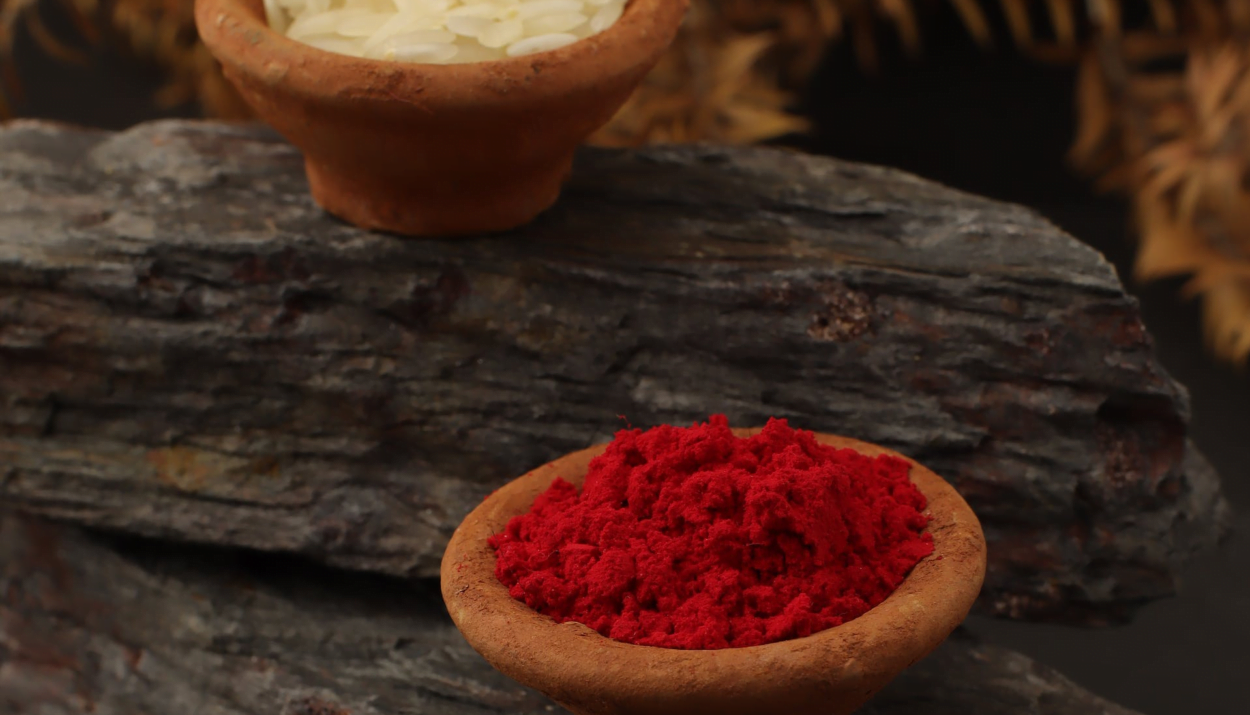In Shorts
Bhai Dooj, also known as Bhau Beej, Bhai Phonta, or Yama Dwitiya, is a cherished Hindu festival that celebrates the profound bond between brothers and sisters. It’s a day when siblings come together to express their love, protection, and gratitude for each other. This festival, similar to Raksha Bandhan in its essence, holds a special place in the hearts of millions of people across India.
The Date Dilemma
This year, Bhai Dooj has left many in a state of confusion due to conflicting dates. According to Hindu calendars, the Dwitiya Tithi, which marks the day of Bhai Dooj, begins at 2:36 PM on November 14 and continues until 1:47 PM on November 15. This means that the festival can be celebrated on both days, allowing flexibility for families to choose a convenient day for their festivities.
Auspicious Timing
The auspicious time for performing the tilak ceremony, known as the tika, falls between 01:10 PM and 03:19 PM on November 14. This is the moment when sisters apply sandalwood paste and vermillion on their brothers’ foreheads, perform aarti, and pray for their well-being. It’s a solemn yet heartwarming tradition that symbolizes the sisters’ love and wishes for their brothers’ longevity.
A Festival of Rituals and Traditions
One of the striking aspects of Bhai Dooj is how it is celebrated with unique rituals in different regions of India. While the names may vary—Bhai Phonta in West Bengal, Bhau Beej in Maharashtra, and Yama Dwitiya in South India—the core essence remains the same. Sisters perform the tilak ceremony with devotion, and brothers reciprocate with vows of protection and gifts.
The Tilak Ceremony
The tilak ceremony is the centerpiece of Bhai Dooj celebrations. Sisters lovingly apply sandalwood paste and vermillion on their brothers’ foreheads, marking them with a symbol of protection and blessings. It’s a moment of profound significance that signifies the sisters’ role as protectors and well-wishers in their brothers’ lives.
The Sweet Bond
After the tilak ceremony, a sweet exchange follows. Sisters offer delectable sweets like barfi and ladoos to their brothers, symbolizing the sweetness of their relationship. This gesture of sharing sweets is a testament to the love and affection that siblings have for each other.
Stories from Mythology
The rich history and significance of Bhai Dooj are deeply rooted in Hindu mythology. One popular legend tells the tale of Lord Krishna and his sister Subhadra. After Lord Krishna’s victory over the demon Narakasura, he visited his sister, who welcomed him with an aarti, tilak, and sweets. Touched by her gestures, Lord Krishna blessed her, setting a timeless tradition for brothers and sisters.
Another legend centers around Lord Yamaraj, the God of Death, and his sister Yami, known as Yamuna. Yamaraj’s visit to Yami on this day led to her performing an aarti, applying tilak, and offering sweets. In return, Yamaraj expressed his love through a gift and proclaimed that brothers receiving these rituals from their sisters need not fear death. This legend gives rise to the festival’s alternate name, Yama Dwitiya.
Conclusion
Bhai Dooj is not just a festival; it’s a celebration of the extraordinary bond between siblings. It reminds us of the love, protection, and care that brothers and sisters provide each other throughout their lives. So, as the dates may vary, the essence of Bhai Dooj remains constant—a day to cherish the eternal sibling bond. Whether celebrated on November 14 or 15, it’s a time to come together, express love, and create cherished memories with family.






